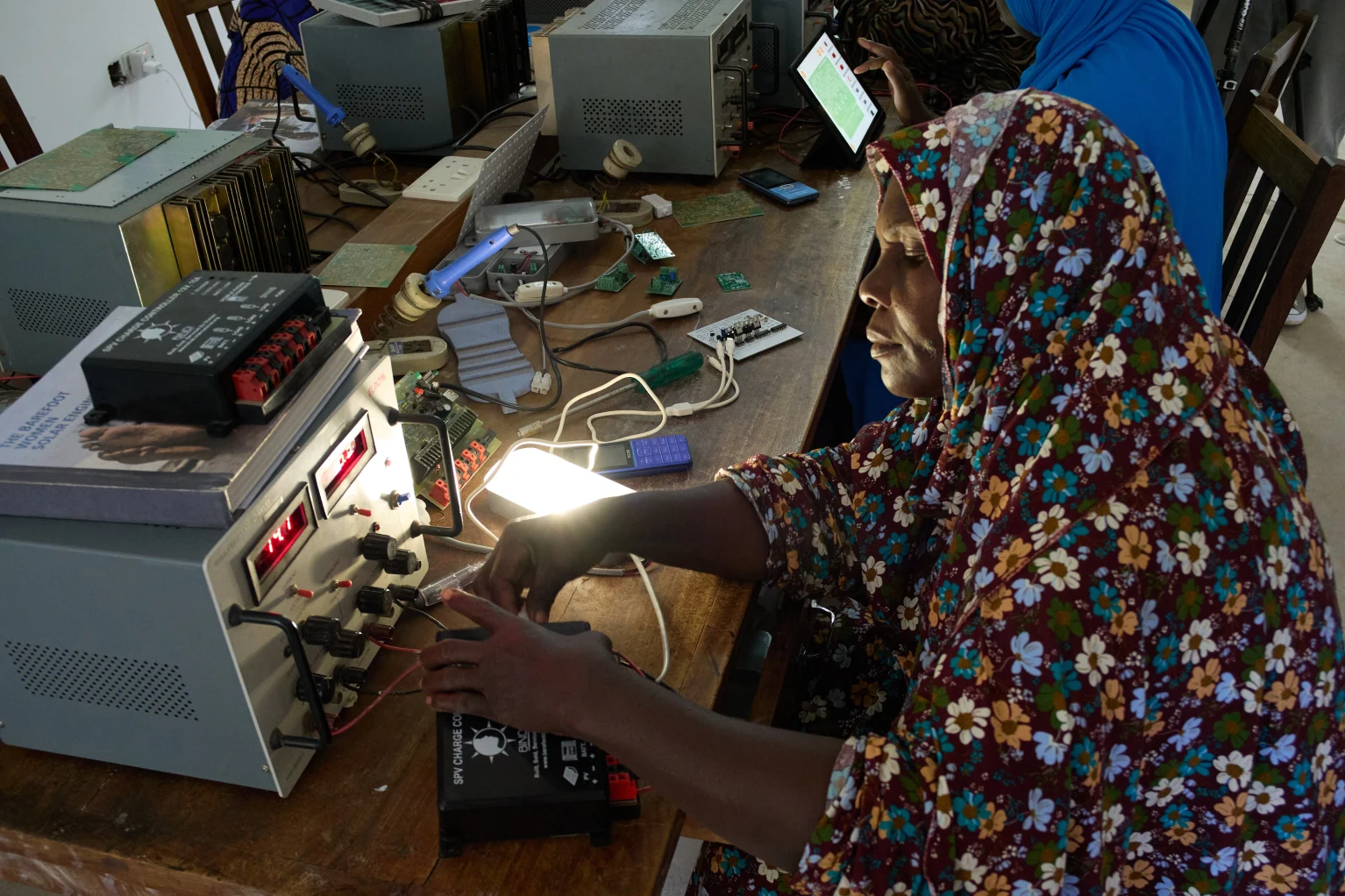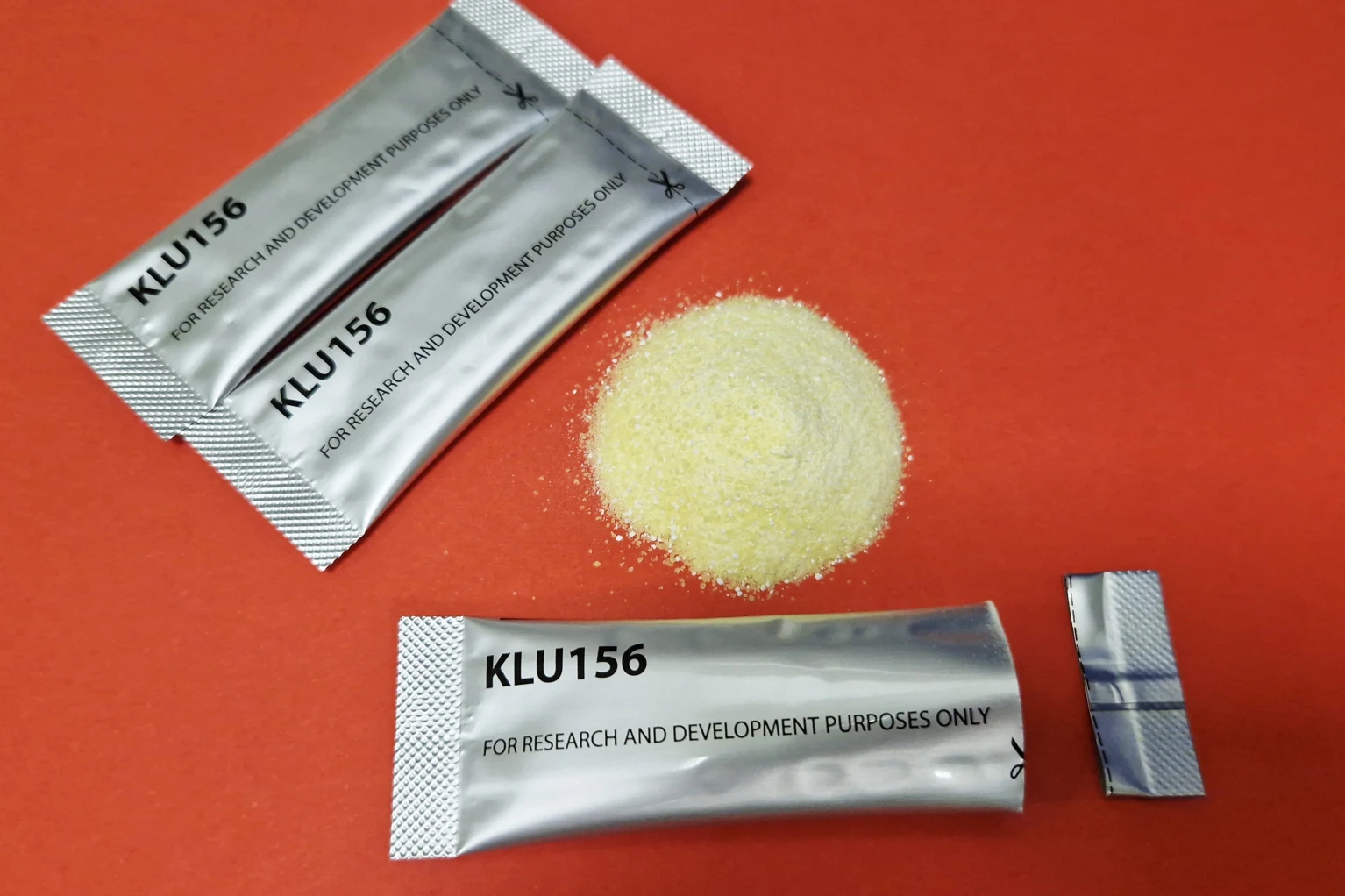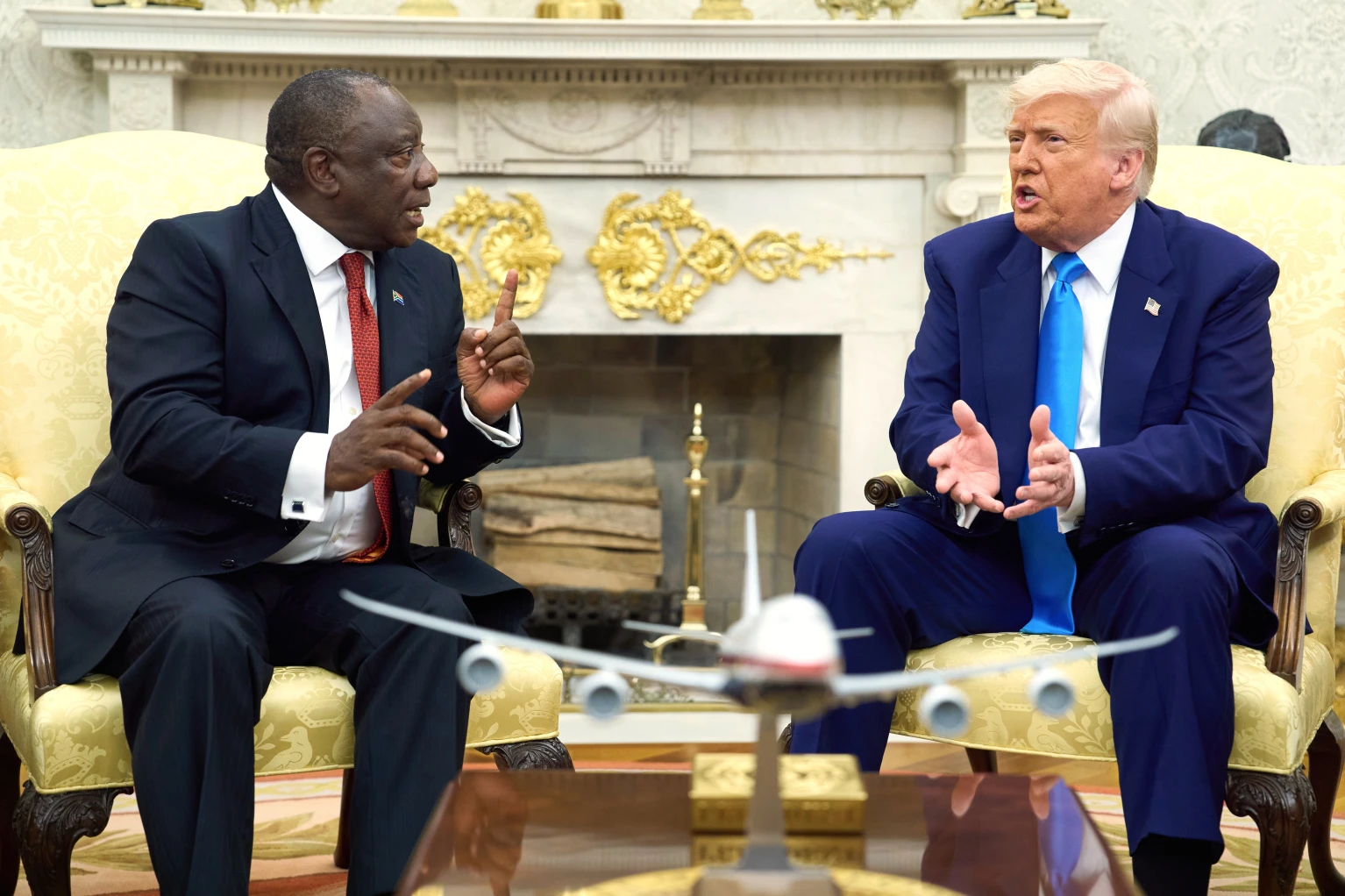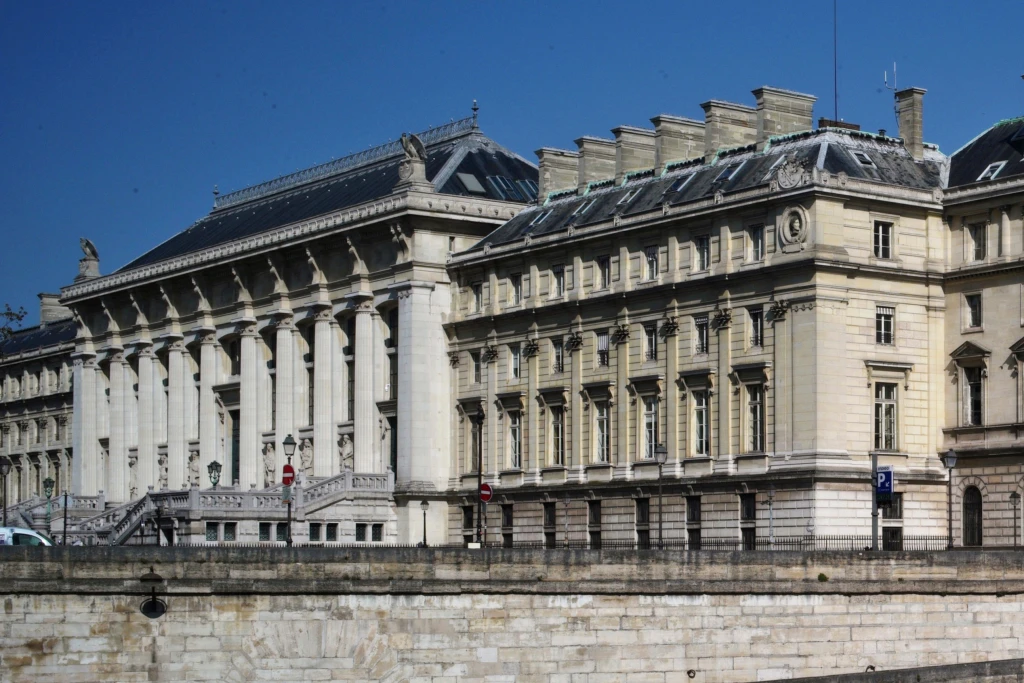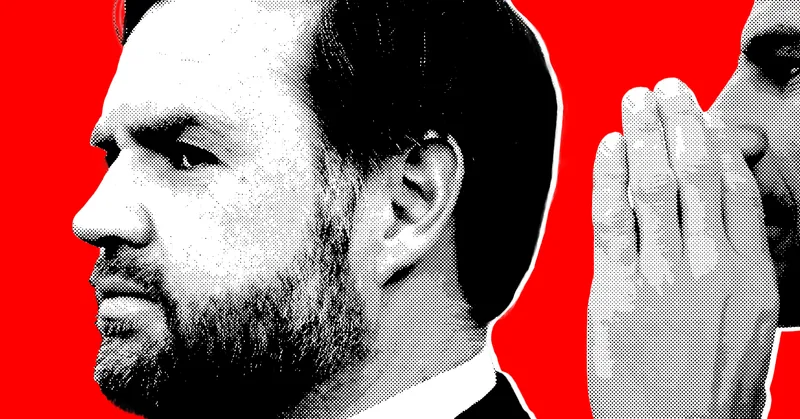
Vice President JD Vance is on top of the world. Once a critic of President Donald Trump and now his right-hand man, Vance is everywhere – with full MAGA backing.
He’s on television promoting the US bombing of Iran. He’s a repeat guest on Theo Von’s podcast. He’s reportedly been key to negotiating the tenuous détente between Elon Musk and Trump. He’s even carved out time to enjoy an offseason soccer tournament match between a German and South Korean teams in Cincinnati on Wednesday.
Most importantly, he’s also become the highest point of contact in the administration for the Silicon Valley billionaires who helped propel Trump to a second term. The vice president has a much closer relationship with these new players in the GOP than the president does, Trumpworld sources inside and around the administration say.
Five sources, who all requested anonymity to discuss sensitive matters, described Vance to me as the most reliable link between the tech industry and the White House, something of a newly constructed bridge between the tech right and the populist MAGA loyalists who stood by Trump through the Capitol riot on January 6. Up-and-comers in the Republican Party have consolidated power thanks to both factions, but with Musk gone for now, Vance is the load-bearing link between the two.
To use a venture capital metaphor, though, Vance has only just progressed from his pre-seed to seed funding.
“That is the newest component to the MAGA coalition: the Silicon Valley libertarian wing,” a Trumpworld source who served in the first administration tells me. “I think they were appreciated and welcomed, but it still remains to be clear how influential they are when it comes to policy. When it comes to personnel, it seems like they’ve gotten a lot of their girls and guys in … but every billionaire in that room [for the inauguration], what have they gotten for it?”
For the 40-year-old Vance, his time working in venture capital and his Trump-era transformation have led him to become, as one Trumpworld source put it, the poster boy for the so-called loyal converts who may not have been on the Trump train in 2016 but have put enough money and social capital into supporting him that there’s no turning back.
“Practically everyone in his cabinet is a convert,” this Trumpworld strategist tells me. “Trump loves nothing more than a convert.”
What Vance converted from, in part, is an Iraq War critic who saw Trump as such a threat that he famously once self-described as a “never-Trumper” and privately said of his future boss, in a Facebook message to a friend, “I go back and forth between thinking Trump is a cynical asshole like Nixon who wouldn’t be that bad (and might even prove useful) or that he’s America’s Hitler.”
After serving in the Marines and graduating from Yale Law School, Vance bounced around from a stint on Capitol Hill in Texas senator John Cornyn’s office to a federal clerkship in Kentucky to a brief stint in corporate law before cutting his teeth in the VC field at Mithril Capital, a firm founded by billionaire Peter Thiel.
Thiel, the Palantir founder and fellow member of the so-called PayPal Mafia alongside Musk, bankrolled much of Vance’s 2022 Senate run.
He is perhaps the most mysterious and most feared of Vance’s billionaire allies in the Trump administration, the source who served the first time around tells me. And they’re happy to see less of him compared to when he played a more publicly active and conventional role as a donor in 2016, including giving a speech at the Republican National Convention, where he notably lamented how “Instead of going to Mars, we have invaded the Middle East.”
In Trumpworld, Thiel now gets credit for “putting his head down.” (“Now, does that mean he’s retreated from politics,” they say, “or retreated from politics in public?”)
Thiel did not return a request for comment.
Although Vance partially established his brand in the party as a critic of “big tech” – including a wariness around data collection, a call to repeal Section 230, and even a willingness to break up some companies under antitrust law – his arrival on the ticket and subsequently in the White House brought with it a worldview and connections to a network of literal elites that have never been a comfortable fit with the populist MAGA wing, the backbone of the Trump movement for the past decade.
“The base always has a suspicion of tech, and Steve Bannon is a good symbol of that,” a Trumpworld source close to the president tells me. “There’s always this high suspicion level with the tech crowd, the tech bros.”
“JD continues to hold those cards with the tech bros,” the source close to Trump tells me.
“I think he’s only grown in strength, to the point where, we have an election in 2028 and I think he’s the front-runner, but is there even a list of challengers right now?” the former Trump administration official adds.
Some Trumpworld sources noted that Vance’s role as the ambassador for the libertarian tech right and its eccentric financiers was largely the result of a cash crunch facing the Trump campaign in the run-up to the 2024 general election.
Vance proved to be the right man at the right time, the source close to Trump tells me when recalling what they describe as a “perfect storm” of factors going in Vance’s favour this time last year. “At that point, [Trump] realised you kind of had to do something else.”
Just because Silicon Valley figures supported Trump doesn’t mean they have his ear directly, at least not all of the time. Larry Ellison, the billionaire executive chairman of Oracle, the expected US buyer of TikTok, has reportedly met privately with Trump several times in recent weeks.
But Marc Andreessen, the billionaire investor and former software engineer who writes manifestos in his spare time, gained a reputation in Trumpworld for overplaying his relationship with Trump after he spent time at Mar-a-Lago working on vetting personnel during the transition, a senior administration source says. Since then, Trump does not talk to Andreessen “that much,” the source told me. Andreessen, one of the tech right’s top thought leaders and influences on the Silicon Valley wing of the party, exercises his influence “through the vice president, primarily,” the senior administration source says.
Andreessen did not return a request for comment.
Another source close to Trump says they have no idea whether the president and Andreessen are close but that the billionaire’s chumminess with Vance is well known in Trumpworld. (Andreessen also has a connection to one of Vance’s key non-Thiel former employers, Steve Case. Vance progressed in his venture capital career working for Case, the former CEO of AOL who parted ways with a then 28-year-old Andreessen in 1999 after acquiring one of his companies, Netscape, for $4.2 billion.)
Trumpworld’s lack of familiarity with many of these tech and VC players has largely worked to Vance’s advantage so far. What has OG Trumpworld’s attention, however, are the times where Vance has shown a willingness to raise distinct objections to the president and top advisers—or even question how much Trump knows about what his own administration is doing.
What stood out from Signalgate, the former Trump administration official says, “was the dissension around JD Vance, who said ‘Why are we doing this?’ He actually questioned whether Donald Trump totally understood or appreciated the situation.”
A source familiar with the vice president’s thinking says, “This was not ‘dissent.’ The vice president was deliberating privately with his colleagues to ensure the president’s team had properly briefed the president on the range of options available to him to ensure he was fully empowered to make the best decisions possible, as he did.”
The White House did not return a request for comment.
Vance has gotten adept at anticipating situations where he runs the risk of publicly displaying too much daylight between himself and the president, but a Monday night appearance on Fox News with Bret Baier caught the attention of the source inside the administration. The vice president said he saw a slightly altered draft of Trump’s Truth Social post announcing the Israel-Iran ceasefire a few hours before but did not specify what the changes were before Trump made the announcement minutes earlier.
Baier asked Vance if “there’s any mixed message” when Trump used the term “regime change” on Truth Social, and the vice president played interpreter – while also finding a way to shoehorn AI into the conversation.
“Well I think what the president is saying very clearly, Bret, is, if the Iranian people want to do something about their own leadership, that’s up to the Iranian people,” Vance said, even though Trump did not at all specify that in his “regime change” post that Baier also read aloud on-air. “What the American national security interest here is very simple: it’s to destroy the nuclear program, that’s what we’ve done, and now that the 12-day war appears to be effectively over, we have an opportunity, I think, to restart a real peace process. And Bret, this is not just about two countries, Iran and Israel. All of these Gulf Arab states, they want peace, they want to invest, they want to build artificial intelligence, hardware, they want to sort of come into the new economy, and that was impossible when you had Iran, as the president said, acting like a bully across the Middle East.”
- A Tell Media report / Adapted from Wired.
